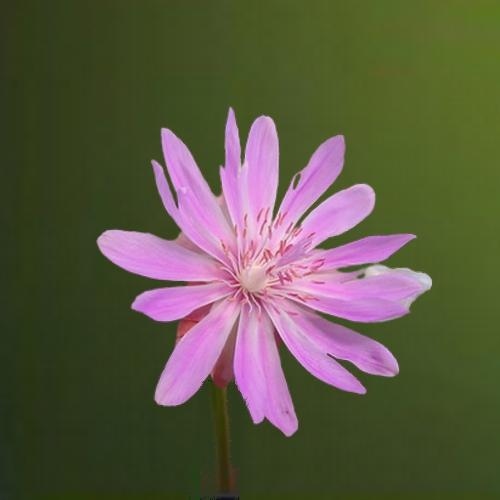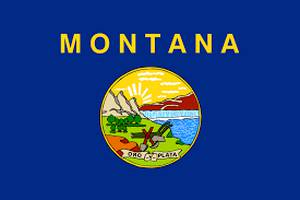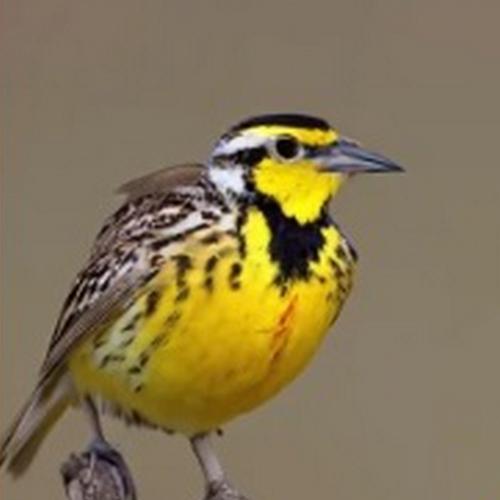A Native Treasure
The Bitterroot, Lewisia rediviva, is truly a native treasure in Montana. Its enduring legacy dates back centuries, with Lewis and Clark documenting its beauty during their historic expedition. This delicate pink flower's charm isn't just historical, it's ecologically vital. Found in Montana's rugged landscapes, it serves as a crucial food source for local wildlife. Discovering this symbol of Montana's natural beauty is a journey worth taking, as it connects us to the state's rich heritage and unique ecosystem.
Lewis and Clark's Discovery
In 1805, during their epic expedition westward, Lewis and Clark made a remarkable discovery in what is now Montana. They stumbled upon the exquisite Bitterroot flower, also known as Lewisia rediviva, a symbol of resilience in harsh conditions. This discovery left an indelible mark on their journey and added to their botanical knowledge. Today, the Bitterroot remains a cherished emblem of Montana and a testament to the spirit of exploration and the beauty of the natural world.
Cultural Significance
The cultural significance of the Bitterroot, Montana's state flower, runs deep. For centuries, indigenous tribes, like the Salish and Kootenai, revered it for its beauty and as a vital food source. Lewis and Clark's expedition in the early 1800s brought attention to its value, documenting its use by Native Americans. Today, the Bitterroot remains a symbol of Montana's rich history, resilience, and the interconnectedness of nature and human culture. Its enduring presence in art, folklore, and ceremonies underscores its enduring cultural importance.



